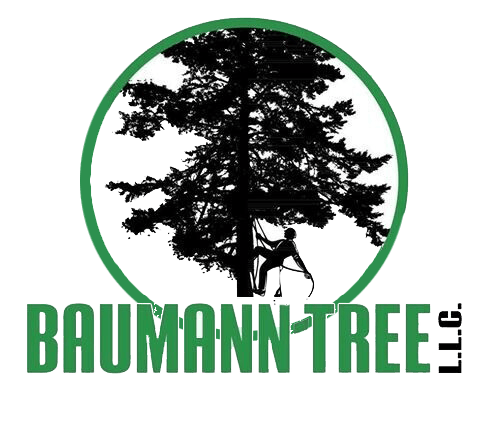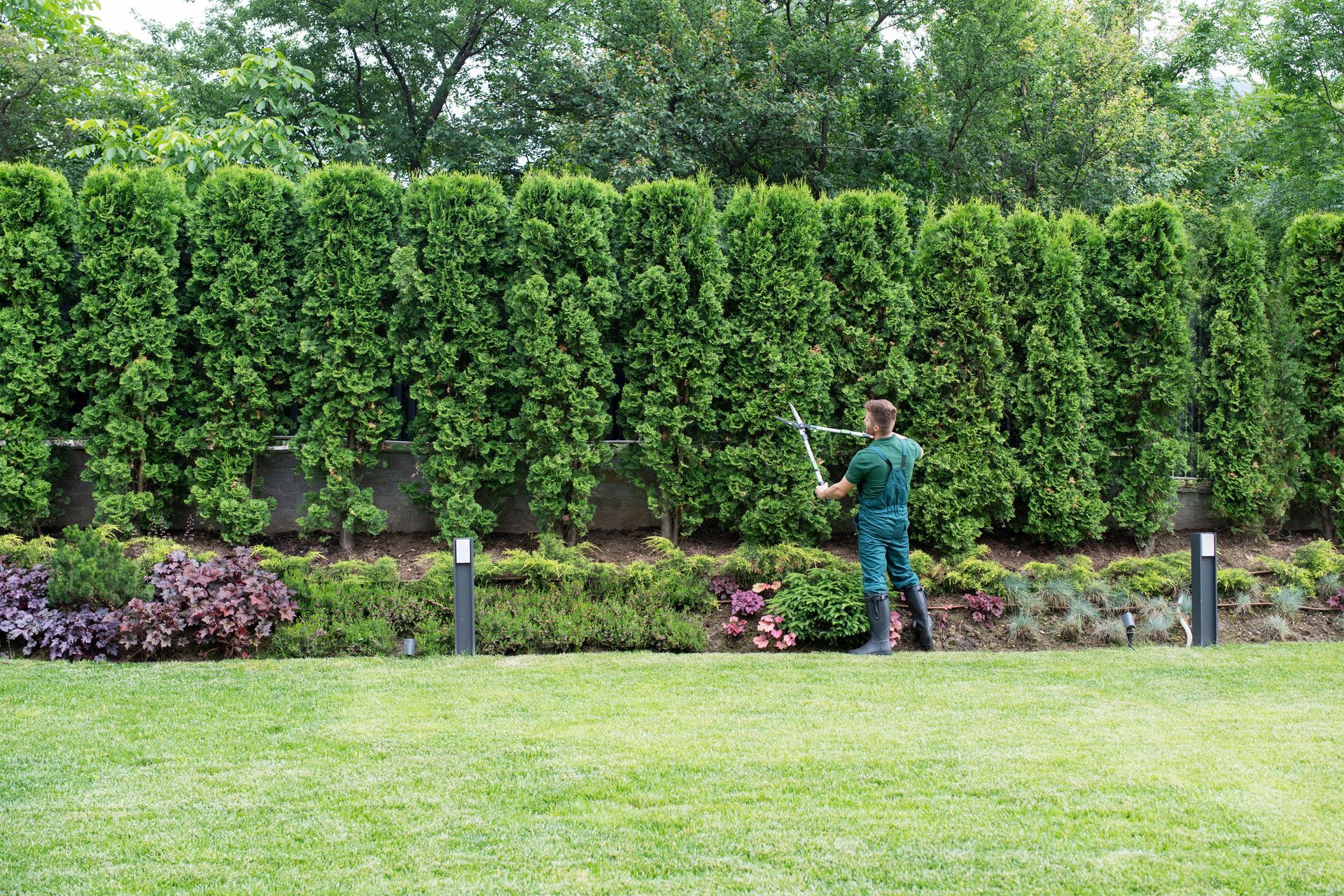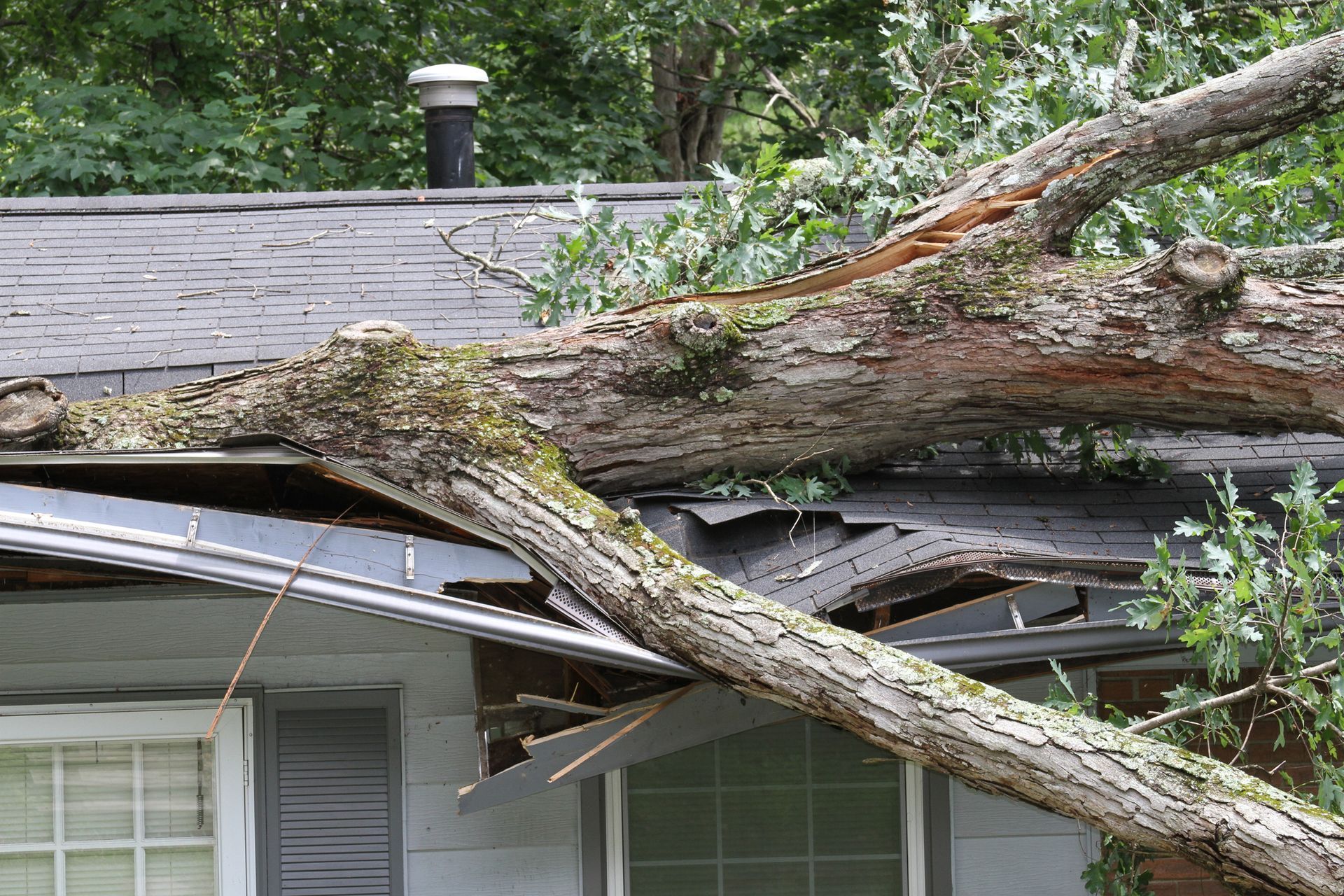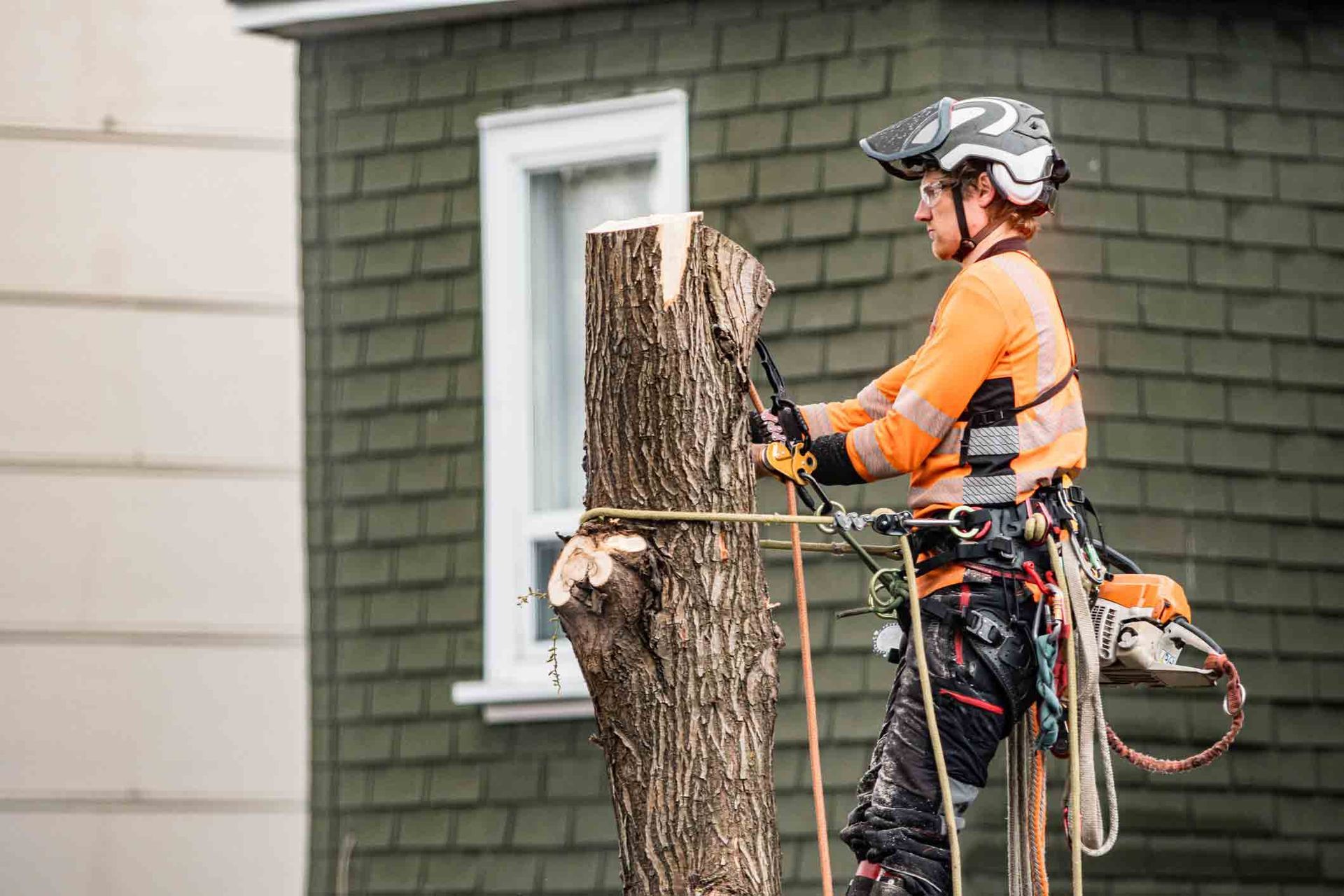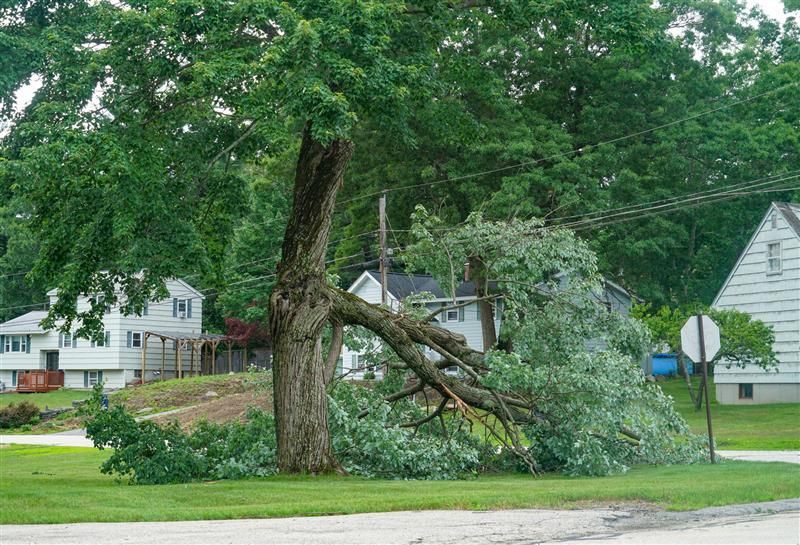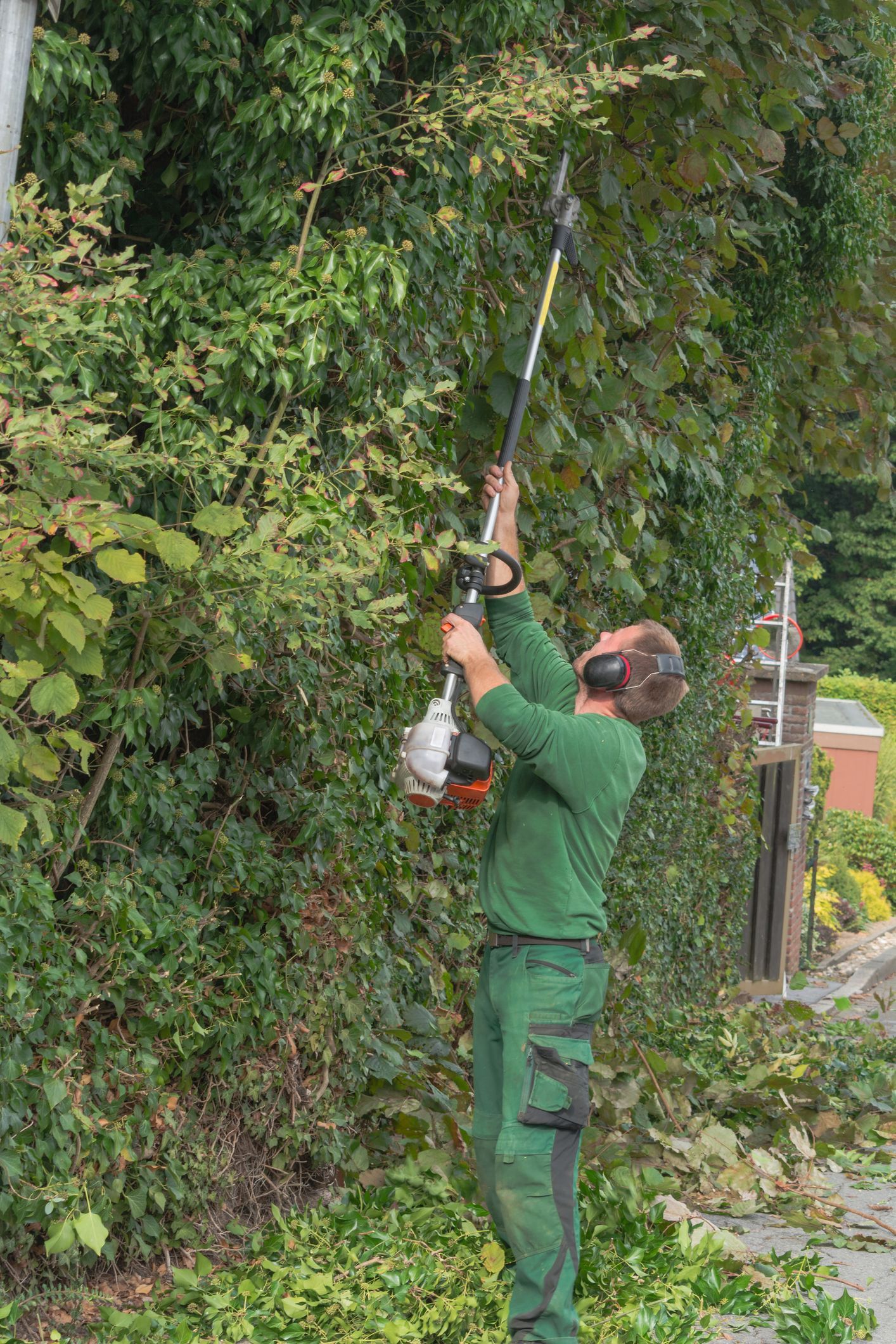Blog Layout
Problems Your Tree's Growth Pattern or Shape Could Indicate

Your tree's growth habits should conform fairly closely to the typical shape and size for that variety of tree. While this shape and size can vary between species — for instance, small shrubby trees may be more likely to grow with multiple stems — any major and obvious deviation may herald a problem.
If you notice a change in the pattern or shape of your tree's growth over time, that could indicate problems as well. Here are some types of potentially abnormal growth and what they could mean for your tree.
1. The Tree Is Stressed
If your tree is growing a lot of sprouts from the base of the tree, or it’s has fast-growing, vertical, straight sprouts from its branches or trunk, you have a sucker problem. Sometimes called water sprouts when they appear on the trunk or branches, suckers are a type of growth that trees form when stressed or damaged.
Some types of stress that could lead to this growth pattern include:
- Water stress (the tree has too much or too little water)
- Physical damage stress, such as bark damage from a lawnmower
- Stress from pests eating too many of the tree's leaves or from disease damage
- Stress from being pruned back too severely
If you're unsure of the cause, a tree expert can help you identify possible sources of the tree's stress along with solutions. And don't forget to have your tree-trimming expert remove all water sprouts and suckers. Because of the angle at which they grow and the type of rapidly formed wood they consist of, these sprouts aren't considered structurally sound tree components.
2. The Tree Needs More Light
While some trees thrive as understory plants in shady sites, other trees require full sun to thrive. A tree that needs full sun may create long, thin branches reaching towards the light if placed in shade. These thinner branches are likely not as strong as they should be. The tree may also flower less and lose some leaves.
In this scenario, you may need to prune back some of the surrounding trees or even remove one that's blocking the light if you want your spindly tree to thrive.
3. The Tree Has a Disease
If your tree exhibits a really strange growth pattern in one area, it may have a disease. Odd clumpy growths sprouting from a branch or leaf may be due to a gall, which is often caused by a fungal or other disease.
If the tree has a lot of twigs sticking out from one spot at every angle in an oddly dense clump, the tree may have a condition called witches' broom. A disease or pest typically triggers this condition.
However, witches' broom can look similar to mistletoe growth (mistletoe is a parasitic plant). To complicate things further, mistletoe growth can also trigger witches' broom. So be sure to check with a tree expert to ensure you know what you're dealing with. Treatment will likely include trimming off affected parts of the tree.
4. The Tree Is Planted Too Deep
If your tree's trunk appears to grow straight out of the ground like a fence post, rather than flaring at the bottom in a classic tree trunk shape, you could have a problem. The flared-out bit is called a root flare, which often is simply buried underground when a sapling is planted.
If the root flare is buried, it won't grow back above ground; it will simply suffer. A tree may live for a long time battling the results of root flare burial and failing to thrive, or it may succumb more quickly to rot. Some tree varieties may have a more easily identifiable root flare than others; if you're unsure whether your tree is planted too deep, ask your local tree expert.
These are just some of the growth habit clues that could alert you to a problem with your tree. In many cases, such as with a diseased tree or one that has too many suckers, tree trimming can be the solution. Get in touch with Baumann Tree
today to learn more about how we can help.
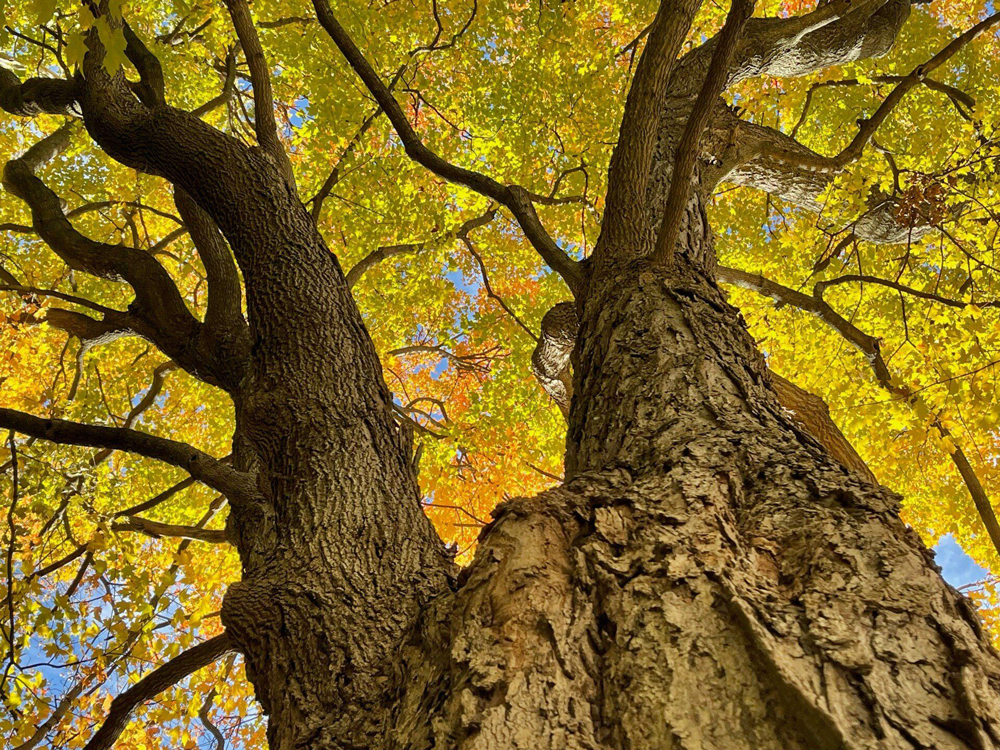
April 4, 2025
When you need expert tree care in St. Louis, MO, Baumann Tree is the trusted local tree service you can rely on. Specializing in tree removal, trimming, and general maintenance, their skilled team ensures your trees stay healthy and your property stays safe. Whether it’s a routine trim, storm damage clean-up, or large tree removal, Baumann Tree offers reliable and affordable solutions tailored to your needs. With a focus on customer satisfaction and quality service, Baumann Tree uses top-of-the-line equipment to handle every job with precision and care. For all your tree service needs in St. Louis, MO, call Baumann Tree at 636-375-2812 for professional, friendly local tree service you can count on.
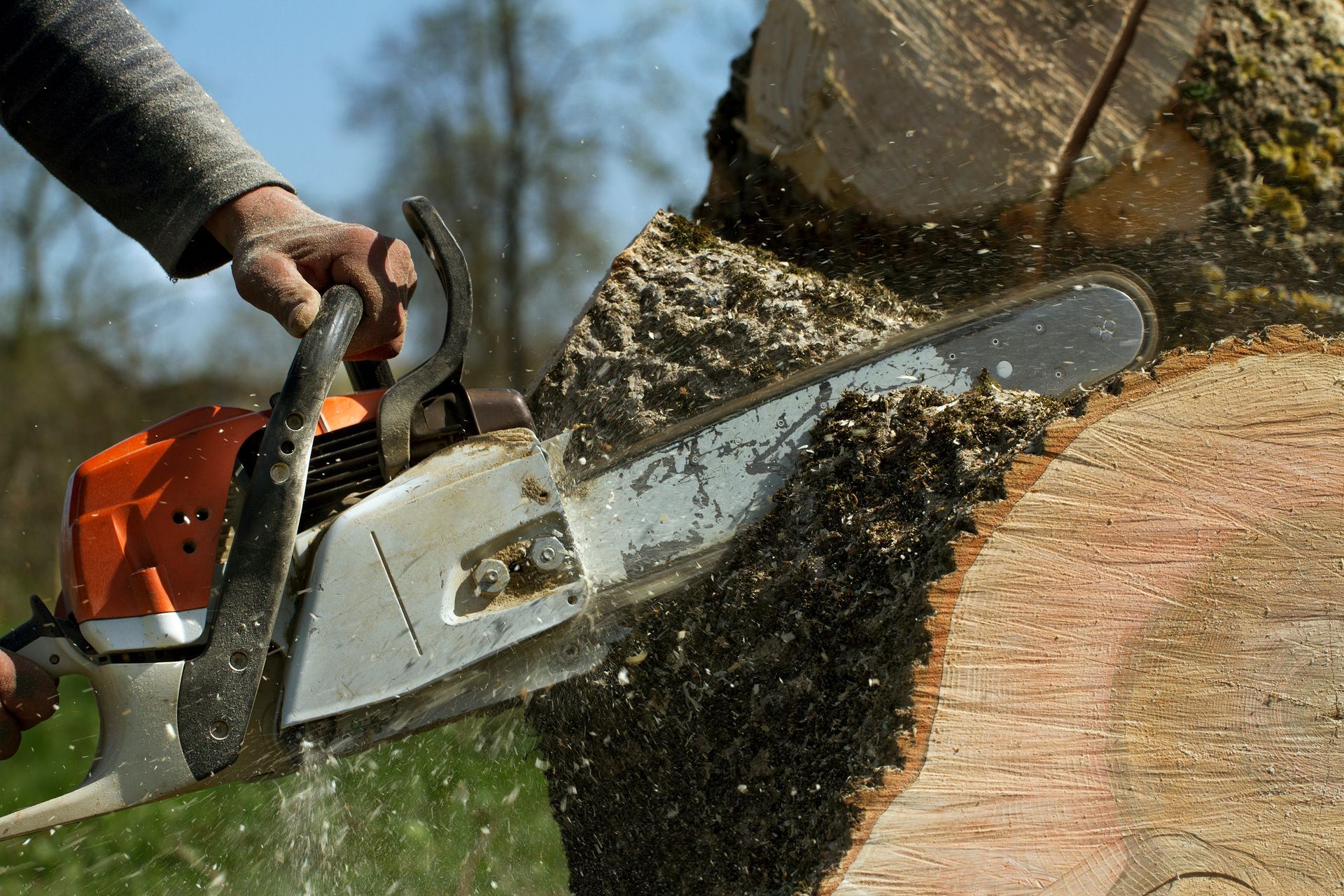
January 17, 2025
Trees are beautiful additions to any landscape, but there are times when tree removal becomes necessary for safety, aesthetic, or health reasons. Whether it’s due to storm damage, disease, or the need for space, removing a tree requires expert care and precision. That’s where Baumann Tree comes in. As one of St. Louis’ premier tree service providers, we specialize in safe, efficient, and affordable tree removal to ensure the well-being of your property.
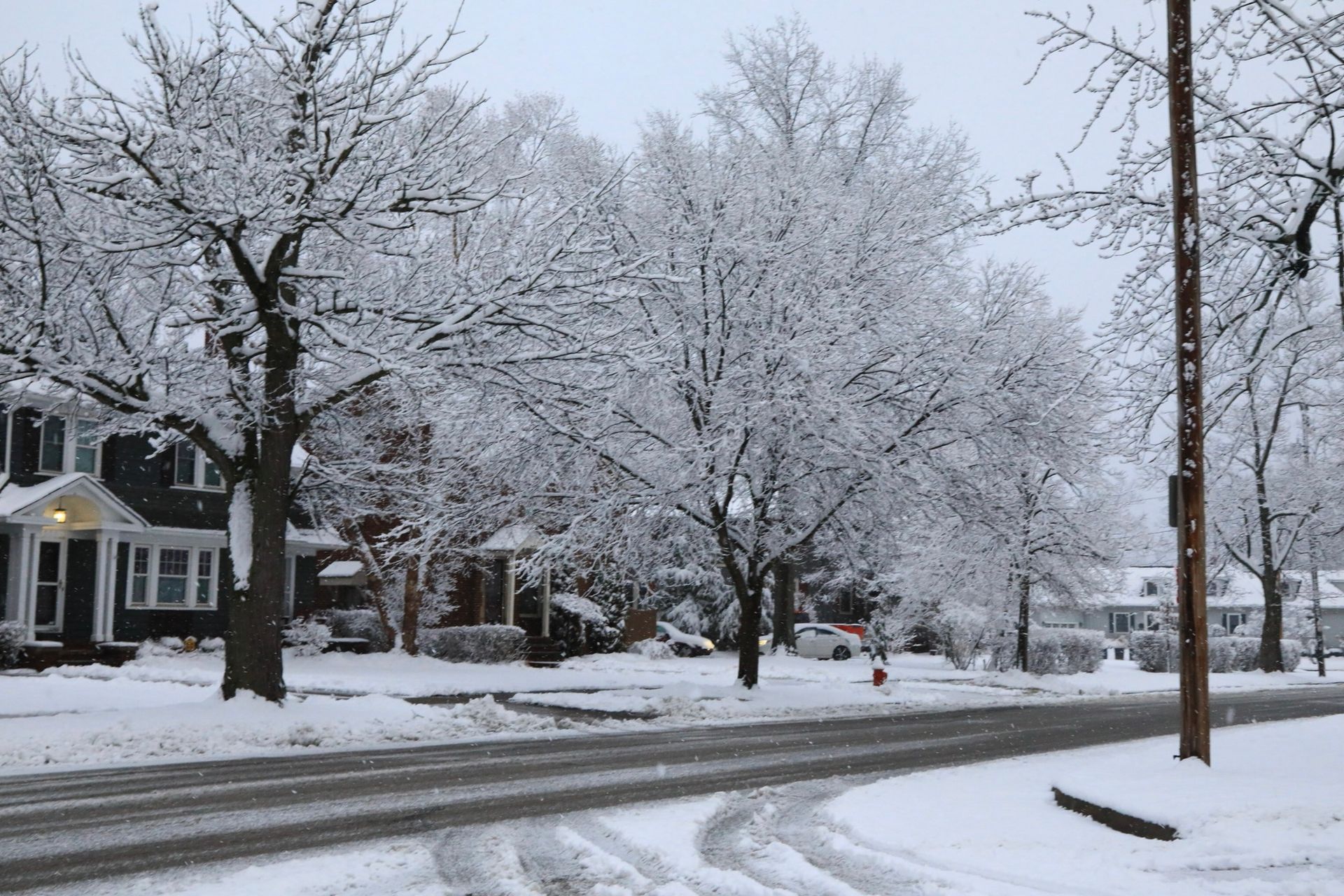
January 7, 2025
Winter in St. Louis, MO, can bring harsh conditions, including snow and ice that can cause significant damage to your trees. At Baumann Tree Service , we are your trusted local tree service company, dedicated to ensuring your trees stay healthy and safe throughout the winter months. With our professional snow and ice tree services, we help prevent damage caused by the weight of snow and ice, so you can enjoy peace of mind during even the harshest winter storms.
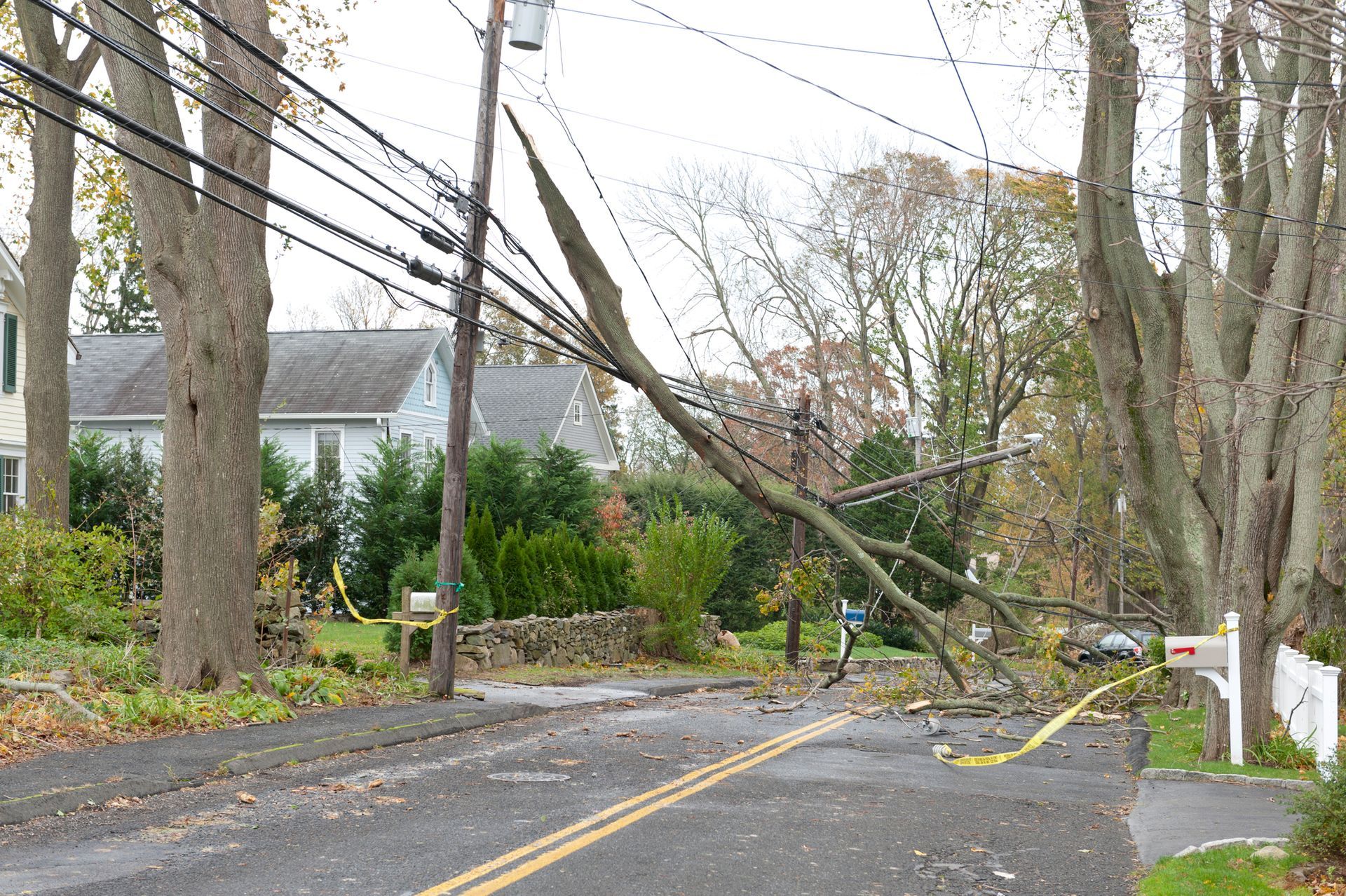
December 20, 2024
When a powerful storm strikes, it can leave behind a trail of destruction. Downed trees, broken branches, and hazardous debris can quickly turn your property into a dangerous area. Whether it's a summer thunderstorm, winter snowstorm, or spring tornado, storm damage can affect your trees and landscape in unexpected ways. At Baumann Tree Service , we understand the urgency of tree-related storm damage and are proud to offer Emergency Storm Damage Tree Services to ensure your property stays safe and protected.
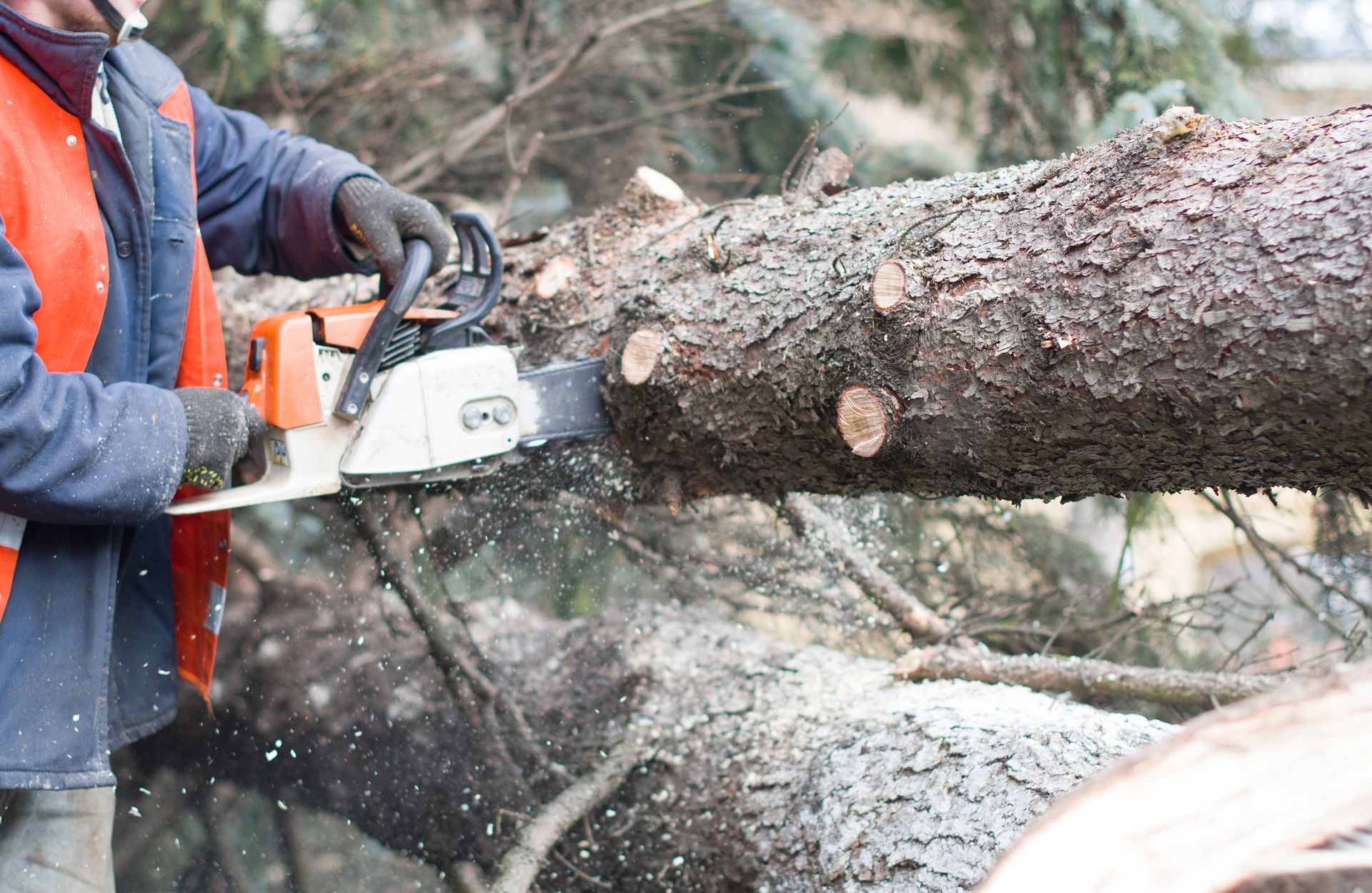
November 12, 2024
When it comes to tree removal in St. Louis, MO, finding a reliable, skilled, and professional tree care service is key to ensuring the safety of your home and property. Baumann Tree has built a stellar reputation for providing top-quality tree removal services , and it’s no surprise why so many homeowners in the area trust us with their tree care needs. With glowing reviews from satisfied customers, Baumann Tree is the go-to choice for tree removal in St. Louis.
Address
Fenton, MO.
Phone: (636) 375-2812
Fax: 636-285-0886
Email:
baumanntree@hotmail.com
Hours of Operation
- Mon - Fri
- -
- Sat - Sun
- Closed
"The Lord is my strength and my shield. - Psalm 28:7"
Content, including images, displayed on this website is protected by copyright laws. Downloading, republication, retransmission or reproduction of content on this website is strictly prohibited. Terms of Use
| Privacy Policy
